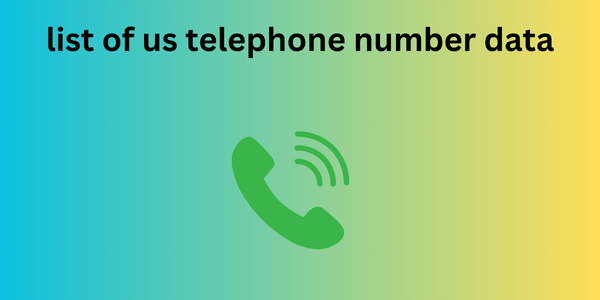Ask your existing customers to leave reviews, especially if they’re happy with your product or service. Alternatively, you can create a campaign via email or social media asking readers to rate your business on Google. Consider offering an offer as an added incentive to take action.
This is where things get more interesting. Reviews have their own rankings that highlight some reviews over others. This includes:
Review score. Stars aren’t the only thing Google sees. The search engine also scores reviews using sentiment analysis experiments.
Review count. Having more reviews increases a business’ visibility on Google Maps.
Keyword inclusions . Google favors reviews that include targeted keywords over those that are not targeted.
However, simply getting more views isn’t enough. Google also pays close attention to how actively a business responds to reviews, regardless of whether they’re positive or negative.
Get More Customer Reviews on Google Maps
Step 4: Optimize Your Business Website for Local Search
There is a strong correlation between organic traffic and increased positions on Google Maps list of us telephone number data so while it’s not mandatory to have a website for Google Maps, optimizing your website for local search intent can definitely help you rank higher.
Here are some tips to help you optimize your website:
Add Local Keywords
Optimize your website with local keywords.
Instead of just using general keywords like “best leather bags,” try adding the name of your location, like “best leather bags in Los Angeles.” This will help Google understand your relevance to that location. Also, try optimizing for “nearby” keywords to attract potential customers searching for businesses in their area.
So how do you identify the right keywords?

Use a tool like AccuRanker to find new local keyword ideas and track keyword rankings within a street, mailing address, and city. For example, if you own a bakery in Brooklyn, you can use AccuRanker to find local keywords like “Brooklyn’s best pastries” or “Brooklyn’s freshly baked bread” and track how well they rank.
If you operate in multiple locations, AccuRanker also allows you to create separate local landing pages for each location and optimize them for relevant local keywords, like nearby sites and cities. For example, if you own a restaurant chain in different cities, you can create a landing page for each city and optimize it for keywords like “best Italian food in Miami” or “best seafood in San Francisco.”
Design a Mobile-Friendly Website
Since 60% of Google searches occur on mobile devices, your website needs to be responsive for both mobile and desktop computers. This will not only provide a seamless experience for your customers, but will also increase your chances of ranking higher on Google Maps.
Add a Google Map
Make it easy for customers to find you by adding a Google map to your website, preferably on your 'About' and 'Contact' web pages.
Not only will this help Google connect your business to your location, but it will also make it easier for customers to find directions to your business. For example, if a customer is driving from the airport to your restaurant, they can quickly find directions from your website.
The Google Maps API is not free for heavy use. However, you can create a free account on Google Cloud Platform and get $300 in credit. This will help you track your usage and prevent overspending. Consider this a small investment for the added convenience and visibility it will provide to your customers.
Step 5: Post Relevant Content and Engage Regularly
If you post regular updates to your GBP profile, Google will reward your listing with higher Google Maps visibility. This is because the search engine takes regular posts as a signal that you are proactively managing your listing and engaging with highly targeted users.
Some content update ideas include general business updates, special offers, links to related blog posts, and hosted events. Try adding photos to your updates to increase your engagement in terms of clicks or shares. If you don’t add photos to your listing, users will see a generic map image like this:
add photos to updates on Google Maps
Regularly engaging with the local community also increases your visibility on Google Maps. Here are a few engagement ideas to help Google see your business as a thriving part of the community:
Post content about upcoming local events and include links in announcements.
Collaborate with local service organizations and promote their pages through your channels.
Look for opportunities to have your business mentioned in local news.
Build relationships with other local businesses and explore potential partnerships.
Sponsor local events to increase brand awareness and show community support.
Step 6: Add Local Schema Markup to Your Website
Local schema involves wrapping code around your content to make it easier for search engines to crawl and index. It covers the same business details you would include in your GBP for search engines like Google to cross-reference. For example, address, social media profiles, and business hours.
Google favors standardization, especially when it comes to content structuring for business details. Local Schema allows you to standardize your details, signaling to search engines about your business’s authority and relevance.
Step 7: Align Citations with NAP
The most important referral information on your GBP – your business name, address and phone number, or NAP – must be consistent and accurate across all local listings, including references to your business from third-party sites, also called attributions.
Let’s say your business is listed in several different directories and part of your address is shortened (for example, St. instead of Street.) This small change creates a fluctuation in NAP citations that can suppress your online rankings.
Check your NAP citations across the web to avoid penalties. Find your business listings on Google and visit each site to check for NAP consistency. If not, fix it immediately.
